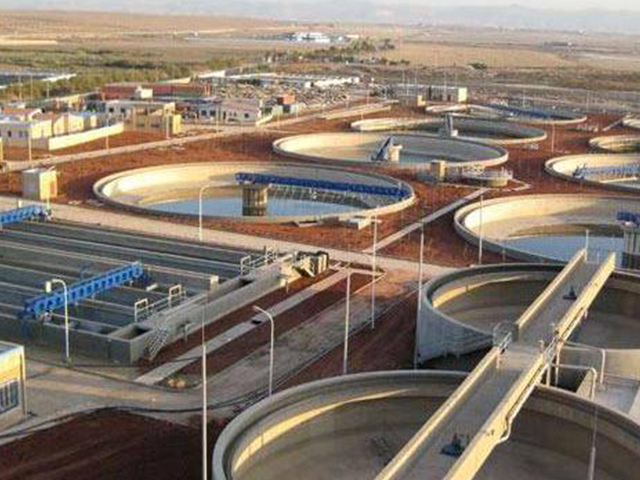Ozone in Sewage Water Treatment
Sewage water, whether it is municipal or from a small residential colony, poses a great health hazard and cannot be disposed off in any other water body like river, lake or sea nor can it be dumped on any land. It can lead to sever health problem to the community and also contaminate the sub-surface water and the surrounding land where it is dumped. This sewage contains harmful chemicals some of which are non-biodegradable and will cause severe environmental degradation. This water has to be treated to the safe level before disposing off. The treatment generally consists of solid particle removal, followed by oxidation in a bio-reactor. The water has to be further treated for disinfection before final disposal.
Ozone plays a vital role in the process of sewage water treatment. It forms a part of the tertiary treatment of the sewage water. The primary treatment consists of stabilization followed by formation of colloidal particles and removal of these along with suspended solids in a filtration process.

